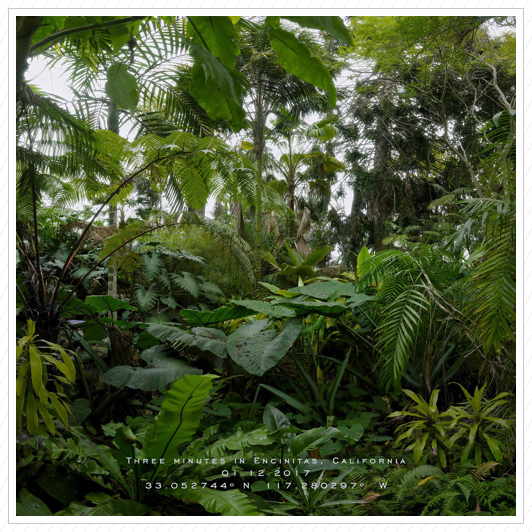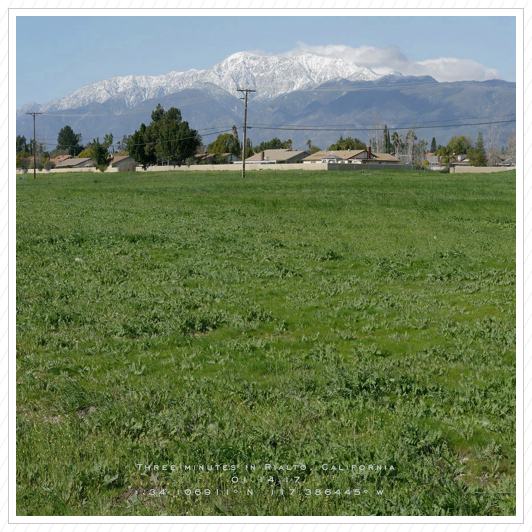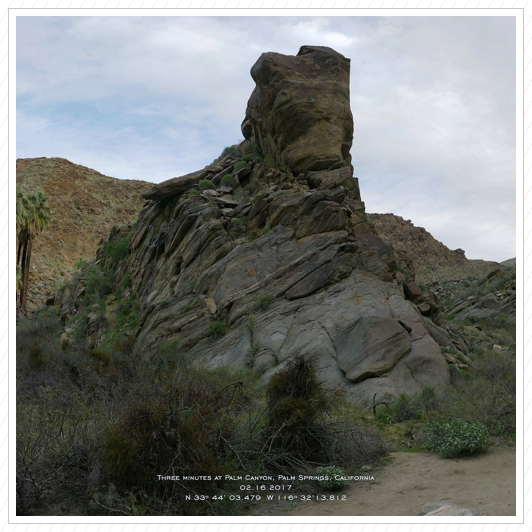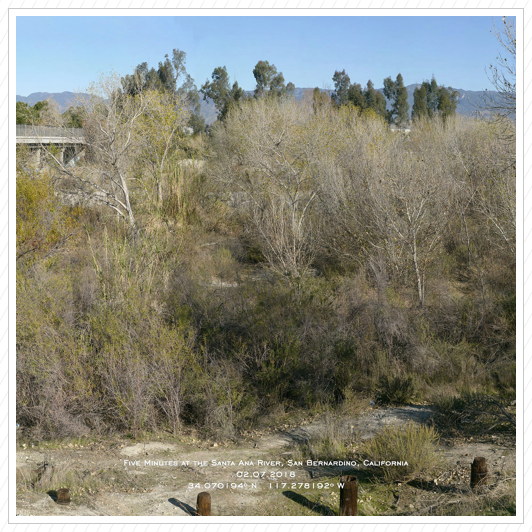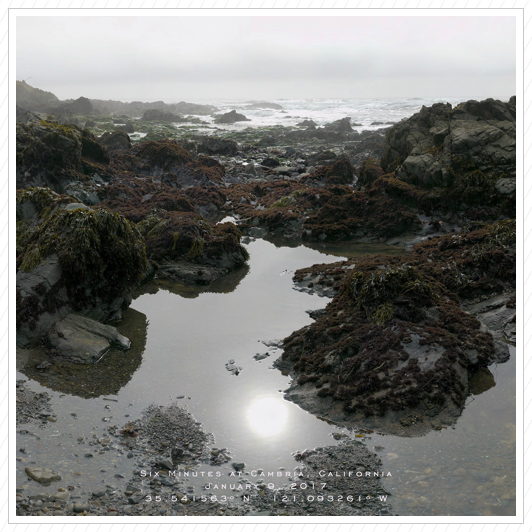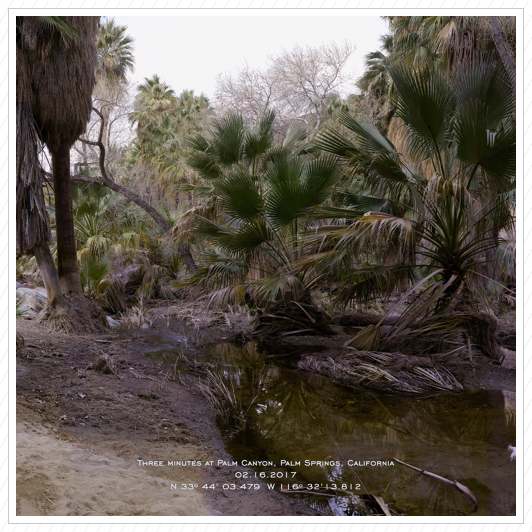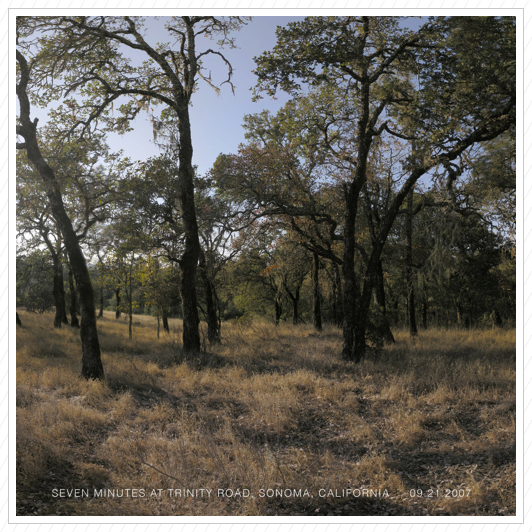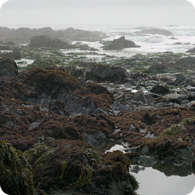
The notion of vision has been influenced by the invention of photography. The eye and the process of seeing has been reduced to the metaphor of a camera. But for a camera to “witness” like the human mind, one must remember the internal biological and neurological processes. A human viewer scans, focusses and re-focusses at various points within the field of vision. The optics of a place are constructed of stitched memories occurring during the viewing process. Encountering a landscape can cause a viewer to linger, to look outward and slow down the processes of seeing and perceiving a place. These large scale photographs are made by taking a series of 40-100 images and then assemble them with software. The interval posed in the titles notes the length of a sequence. The title also states the place and gives coordinates for the viewer to consider standing at the same point. Looking at the images is a collapse of time into the moment of being in the place. Because of the huge amount of detail allows the viewer to unfold the place again in one’s mind.
